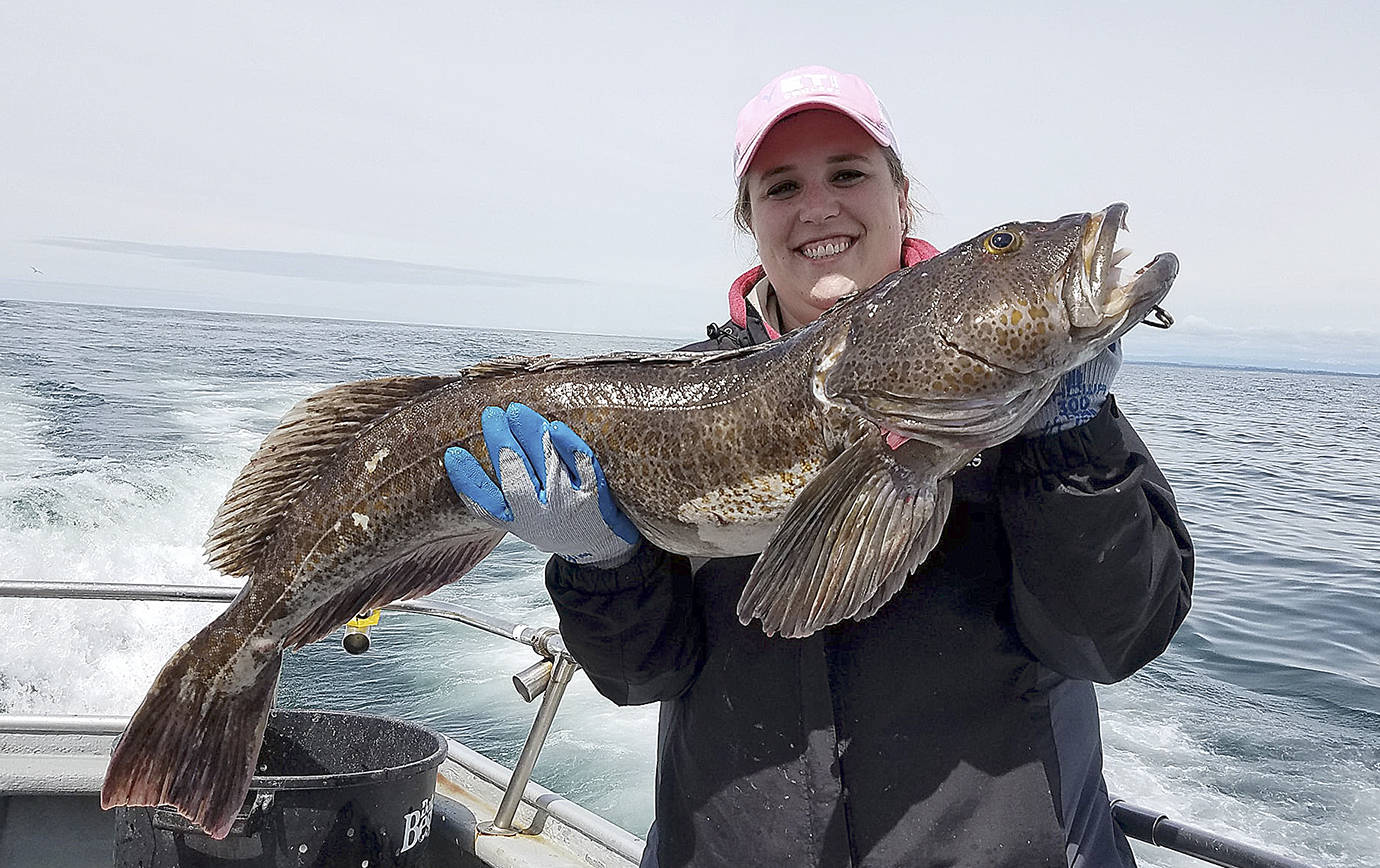Bottomfishing season opens out of Westport on Saturday, with increased opportunity due to a change in depth restrictions and a rebuilt canary rockfish population.
“We made changes reflective of the rebuilding of canary rockfish,” said Heather Hall, a specialist on bottomfish at the Department of Fish and Wildlife.
The canary rockfish was, until recently, considered overfished and the overall bottomfish fishery was restricted to help the population recover. The rebound of that species since the early 2000s has fishery managers listing canary rockfish as rebuilt.
“Yelloweye is the other species; it is still rebuilding, but progressing, moving faster than what we had thought so what we have are higher limits,” said Hall. “Even though you still can’t retain yelloweye, we are able to encounter more of them in the fishery and still account for mortality and catching and releasing them. That allows us to get more access to the deep-water areas for some of the big lingcod in the deep water off Westport.”
The limit is nine bottomfish daily, which can now include up to seven canary rockfish a day, up from five last year. A total of seven rockfish can be kept daily, along with two lingcod and one cabezon, plus three additional flatfish — flounder, sole, all species of dabs like sand dabs, not including halibut. As Hall said, yelloweye are still off-limits as part of the bottomfish limit.
“Canary rockfish have been in the rebuilding program since the early 2000s and a lot of restrictive management measures went into effect by 2005, so anglers have been restricted by two species for 15 years,” said Hall. She added the help of anglers directly aided the rebuilding of that population, and the resurgence of the yelloweye as well.
“It’s really great news, and fishermen have participated in the rebuilding process by fishing under these restrictive rules,” she said. “It’s really exciting to be able to talk about providing more opportunity.”
In areas where depth restrictions are in place, anglers will now have about an extra month to fish in deeper water, largely due to a higher federal incidental catch limit for yelloweye rockfish, which share the deeper water with some of the larger lingcod.
If the yelloweye stock continues to recover at its current pace, Hall said even more deepwater opportunities could be coming in the next few years.
“What folks are seeing in 2020 is really the first step of getting access to these (deepwater) areas and we can build on it going forward,” said Hall.
In Marine Area 2, which runs from Leadbetter Point north to the mouth of the Queets River, recreational lingcod fishing is prohibited seaward of the 30-fathom depth line March 14 through May 31, except retention of lingcod is allowed during open halibut fishing days.


